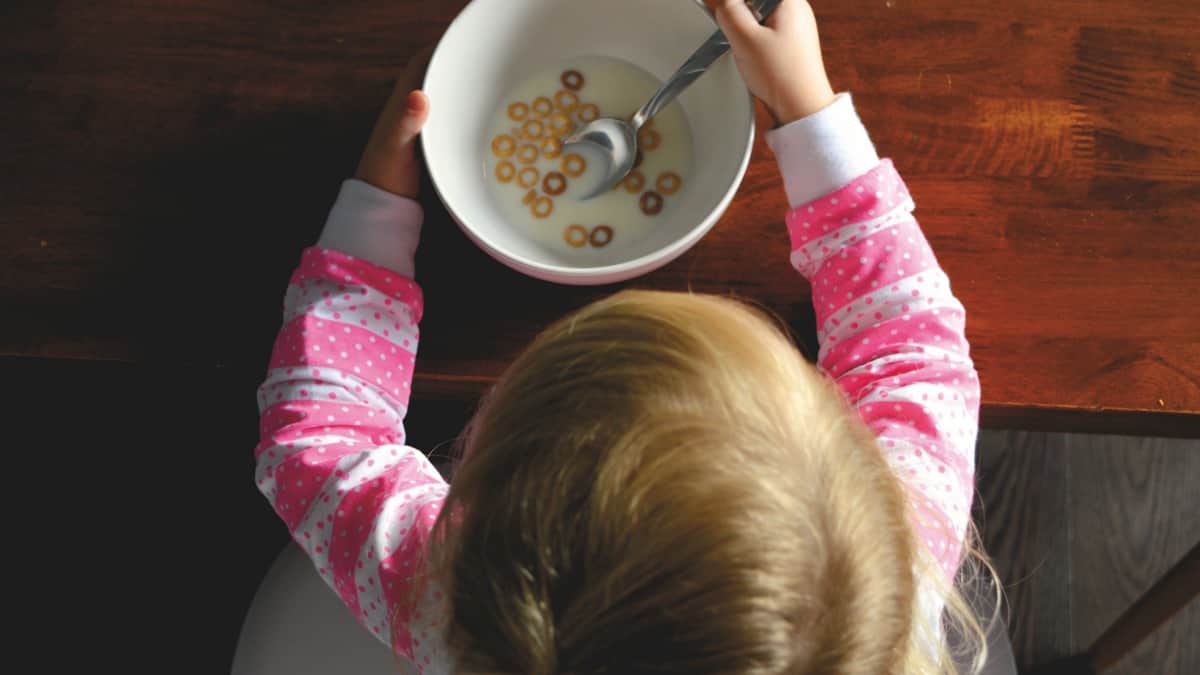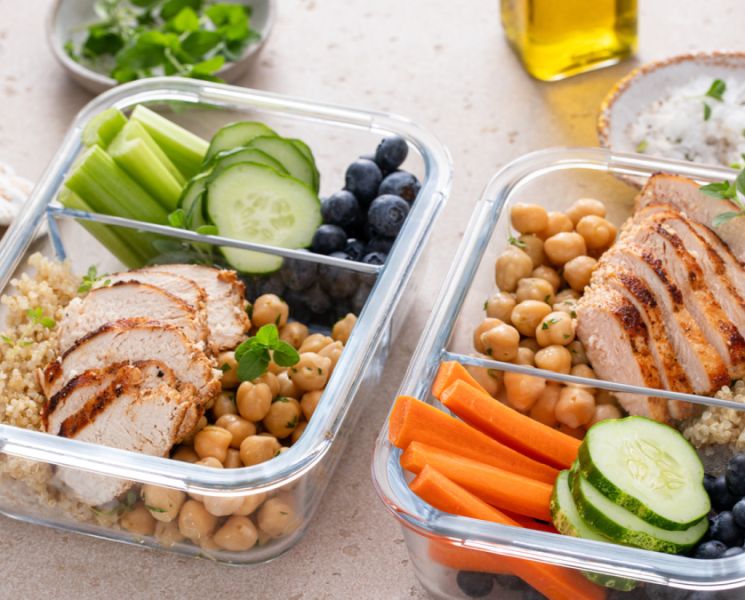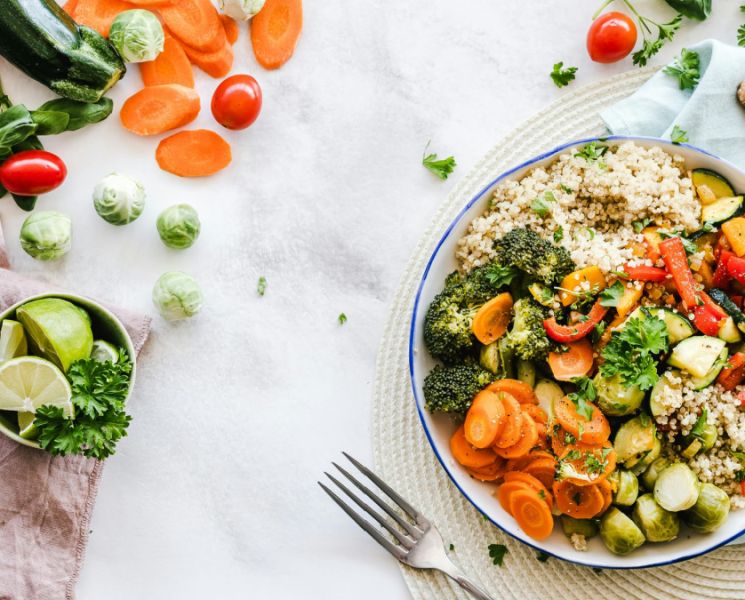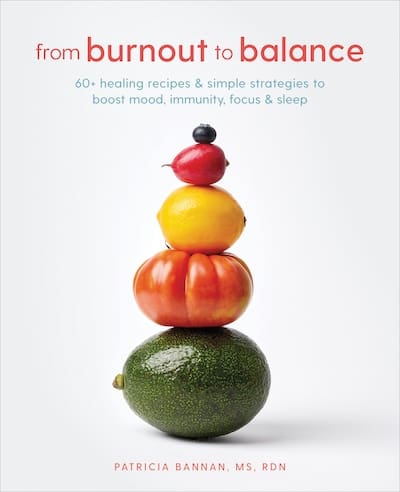This article originally appeared on Fox News Health.
As the summer winds down, millions of children are headed back to school. In addition to getting new books and school supplies, preparing your kitchen with nutritious foods is also important to their learning. Research shows eating a healthy diet is key to a child’s development, school performance, and overall health.
Here are five nutrition tips to help keep your kids properly fueled without taking a lot of extra time out of your day:
Prep meals to save time
To save time and energy in the morning rush, shop for breakfast and lunch essentials in advance. On the days that you are least busy, chop fruits and veggies to have them ready to go when you need them. Research shows kids are more like to eat fruits and veggies when they are cut up. Add a healthy dipping sauce like Greek yogurt or hummus to make them even more kid-friendly. It’s also a good idea to have grab-and-go produce like cherry tomatoes, apples, bananas, baby carrots, and grapes washed and ready to go on the kitchen counter. For extra staying power, couple them with protein foods you have bought in advance like cheese, pumpkin seeds, or peanut butter.
Focus on quality carbs
Studies show that school-aged kids perform better on tests and have improved concentration when they eat a balanced breakfast. When making your kids’ meals, be sure to include whole grain or enriched grains that are low in added sugars like breads and cereals (aim for less than 10 grams of sugar per serving of cereal). Quality carbs from grain-based foods and fruit are nutrient-rich and provide the brain with a steady supply of energy to facilitate learning. An example of a balanced breakfast for kids is eggs, toast and fruit. To beat the morning rush, have hard boiled eggs pre-made and a fruit salad in the fridge.
Include omega-3 fats for heart, brain and eye health
Omega-3 fatty acids (EPA and DHA) are important throughout all stages of life—research shows they help maintain a healthy heart, positively impact brain function and cognitive development, and play a key role in eye health and visual development. In addition, a recent study from the University of Colorado showed that children who are leaner report eating more polyunsaturated fatty acids (or PUFAs), which include omega-3 fatty acids. The best food sources are fatty fish, like salmon, mackerel and sardines. To help your kids enough of these important nutrients, send them to school with a lunch packed with omega-3s, such as a salmon or tuna salad sandwich and DHA-fortified orange juice, milk or yogurt.
Pack “clean” ingredient snacks
While it would be a great (fantasy!) to have the time to cook everything homemade for your kids, the reality is you have to buy things in packages at times for convenience. Unfortunately, packaged snacks that appeal to kids’ taste buds are often loaded with sugar, artificial colorings and preservatives. Find a few healthy staple snacks you know your kids like and have them on hand when hunger hits. Be sure to read the ingredient list to see how much sugar is in the product, not just the marketing wording on the front of the package as they can often be misleading.
Keep your kids properly hydrated
It’s extremely important for kids to stay well hydrated to prevent fatigue and keep concentration levels going strong. Proper hydration can also help them maintain a healthy weight as dehydration often masks itself as hunger and can cause children (and adults) to overeat. Skip the sugary energy drinks and sodas and give your kids a water bottle instead. If your kids get bored with plain water, add some slices of citrus, berries, or a bit of 100 percent fruit juice to the water.





